

Paul Klee was a Swiss painter, of German nationality. His father was a music teacher, and his mother, a trained singer. Klee loved dabbling in the visual arts as a teenager and spent a lot of time drawing in his school books. He especially loved caricature. He earned a Fine Arts degree after which he travelled throughout Italy, studying the master painters and spending time with fellow contemporary artists, such as Kandinsky.

Rose Garden, Paul Klee, 1920.

The painting below, Ad Parnassum (1932) is considered Klee's masterpiece and the best example of his pointillist style. I love it, it reminds me of a fine mosaic.

The painting below is the one we based our art lesson on, although some of the girls chose to use ideas from some of his others. As with many of Klee's paintings, this one is based on building blocks. Doesn't it just remind you of those coloured wooden blocks you played with as a child? Klee also often added a sun to his paintings.

Thanks to Kathy Barbro, of Art Projects for Kids for the idea for our lesson plan.
We had the girls use a set of plastic shapes to trace around and either "build" a castle or some other geometrical design. We traced over the lines with a dark coloured oil pastel or crayon, and then filled in the shapes with pastel or watercolour pencils. Here are the results:

Castle by one little friend, age 5.
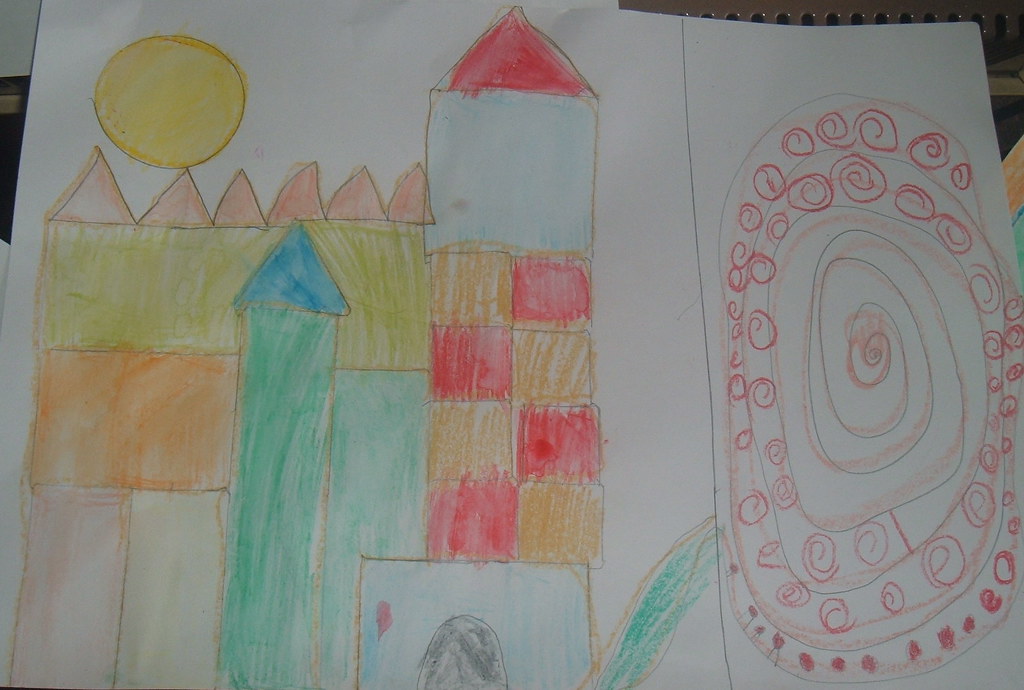
Castle by another little friend, age 7.
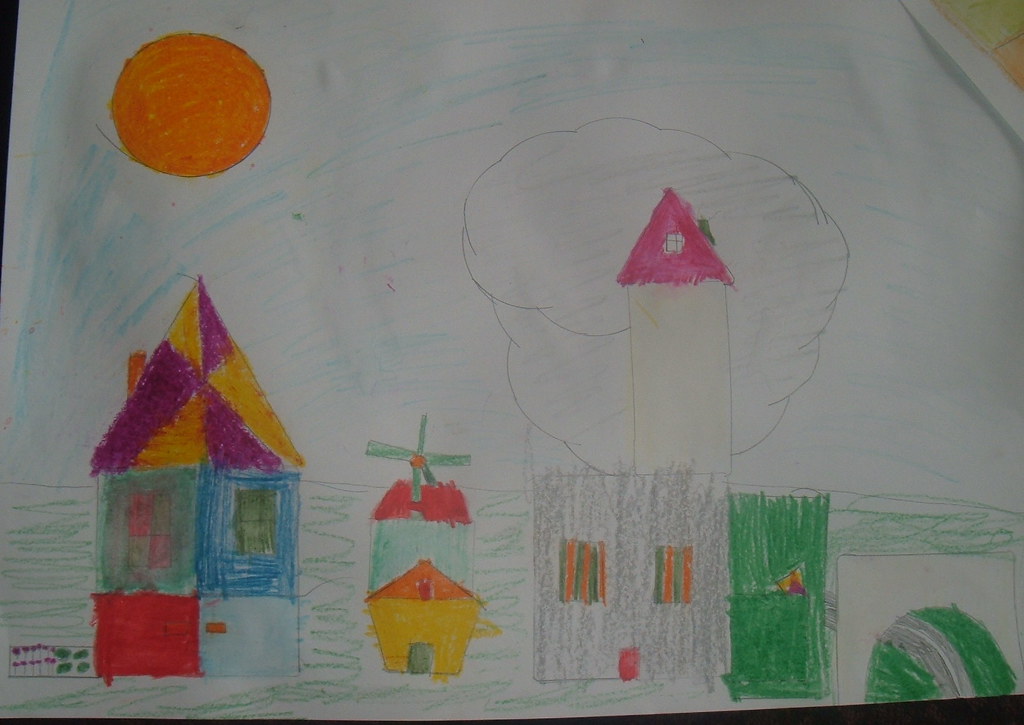
The Landscape of Holland, Ainsley (7), 2009.
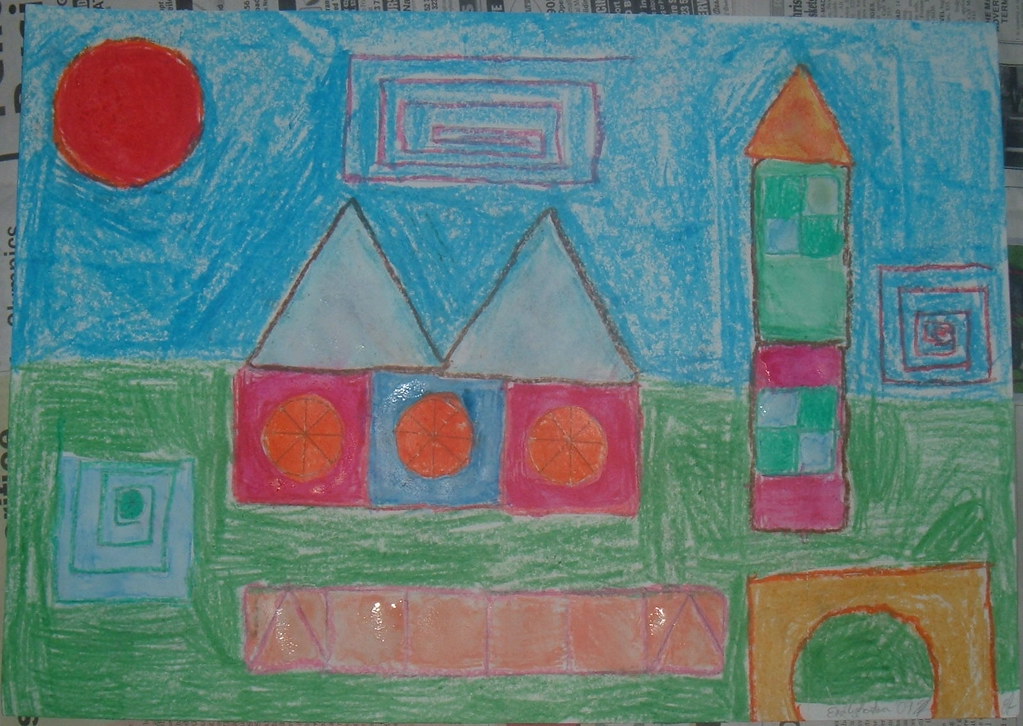
Shape City, Emily (9), 2009.
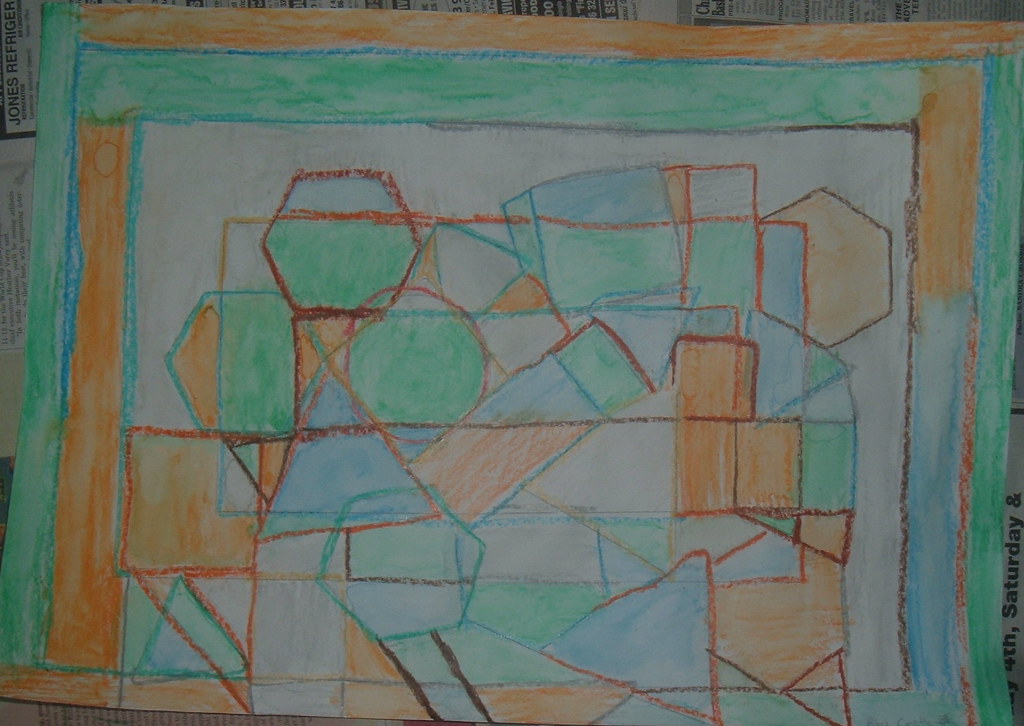
Block Castle, Bethany (11), 2009.
And to top off our last art afternoon for the year, we made these little "gingerbread houses" for afternoon tea:
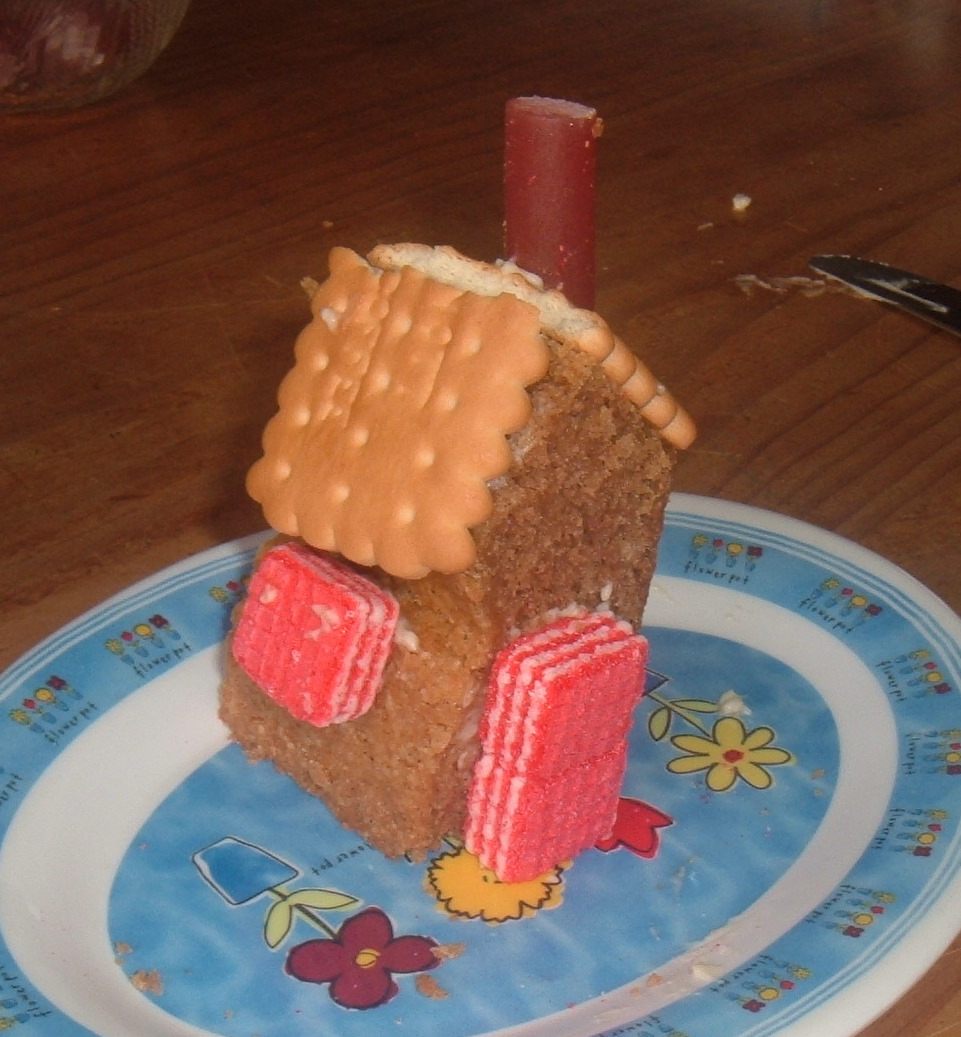
**************************************************************************

2 comments:
Hi! My name is Nikki and I am also a Charlotte Mason home educator. I am stopping by and trying to say "hello" to all the CM Blog Carnival entries! I am following you now and look forward to reading more from you! Thank you so much for all the details you have shared. I have gotten a little behind on our picture studies the past few months and this carnival topic is just what I needed to get motivated again!
Hi Rachel, my foot steps are also from the CM Carnival. You are doing a great job with your children's Art/Picture studies. Keep up the good work.
Post a Comment